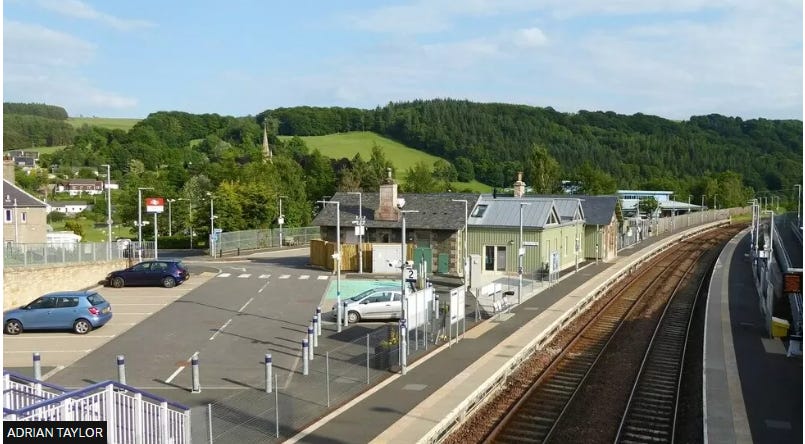Building a 'smart countryside' | JOHN TIBBITT from Policies for Places
Rural areas are frequently seen as relatively sparce environments for economic development, characterized by fewer resources and institutions, less economic diversity and poorer access to markets, finance and government support programmes than larger towns and cities. However digital access beyond the locality combined with cohesive community-driven action planning opens up new possibilities for economically and sustainable rural communities. Community groups and businesses can capture local opportunities of a ‘smart countryside’.
To deliver rural development that builds on local distinctiveness and addresses local needs, reliable digital connectivity within and beyond the locality is essential. But connectivity must also be supported by adequate transport and physical infrastructure. Many rural areas are necessarily car-dependent, and those residents without access to a car are often at a considerable disadvantage in participation in social and economic activities locally and beyond. Poor or non-existent alternative transport links are frequently identified as hindering rural development. A lack of suitable budlings for local businesses also restricts economic innovation.
Boosted by changing working patterns and accelerated by the impact of the pandemic, technology is opening up new opportunities and responding to local talent that makes a difference to rural community well-being and local business eco-systems.

The combination of digital and physical connectivity is vital. All this is well illustrated by the resurgence of a rural area re-connected to population centres through the restoration of the Borders railway in the south of Scotland as described in a recent BBC feature. Just 4 years after the first trains arrived in the village of Stow in 2015 a newly formed Community Trust had fully converted the old station building into a cafe, and well-used office and meeting space, followed a few months later by a bike hub. Extended cycling and walking trails are planned with 50 local people signed up to an e-bike membership project. Car share schemes, shop-local campaigns, new street lighting and better re-cycling facilities are being delivered.
For the future, other plans are being formulated for visitor attractions based on local heritage, community power generation, a community takeover of the town hall and new social housing all of which are bringing economic benefits and vibrancy to an area where previously local industries were declining, village retail was disappearing, and modern farming was employing fewer people.
The community-driven smart countryside concept so well illustrated here could offer major opportunities for scattered populations across many areas of rural Scotland and elsewhere if physical infrastructure development can keep pace with advances in digital connectivity.
Source: Susbtack
 Printer-friendly version
Printer-friendly version- Login to post comments





